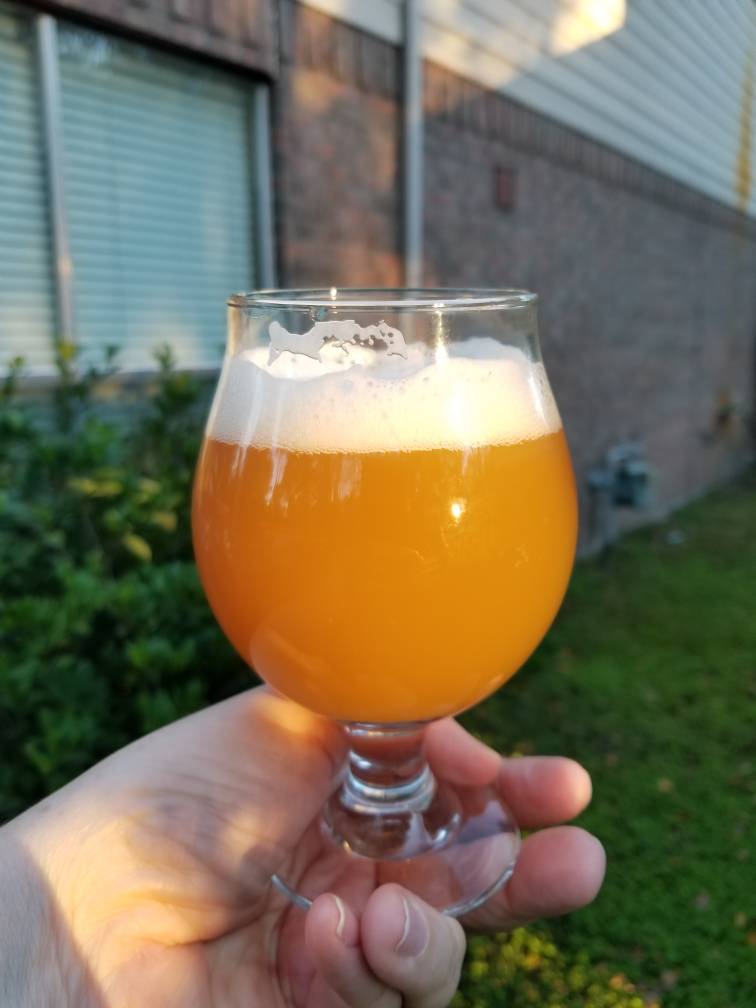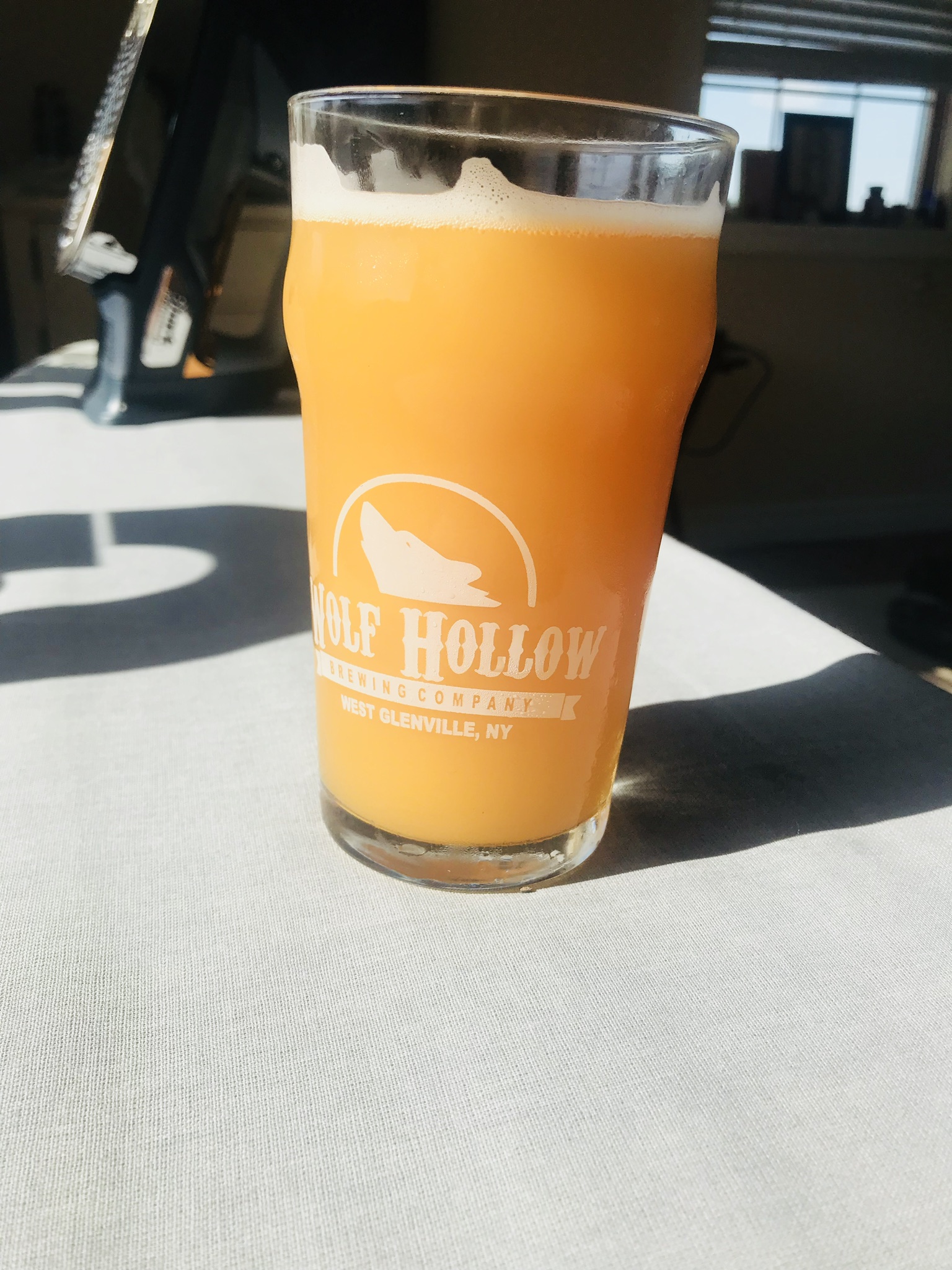It's possible to bottle condition, but you have to use a closed system and/or avoid oxygen at all costs. I only open the carboy on day 2 for the dry hop addition/biotransformation. There's still active fermentation at that stage, of course, so it pushes out any oxygen. I bottle on day 14 straight from the carboy and into bombers with sugar tabs. I use the oxygen-absorbing caps -- not sure if they really work, but can't hurt. Anyway, I get very little oxidation and the beer drinks great for weeks.
For my latest NEIPA, I added an ounce of hop tea (using Citra Cryo) into each bomber at bottling, so it's sort of a double dry hop -- though the tea was made from boiled water, not beer. I'll know this weekend if the hop tea added even more tasty hop flavor and aroma!













![Craft A Brew - Safale S-04 Dry Yeast - Fermentis - English Ale Dry Yeast - For English and American Ales and Hard Apple Ciders - Ingredients for Home Brewing - Beer Making Supplies - [1 Pack]](https://m.media-amazon.com/images/I/41fVGNh6JfL._SL500_.jpg)















































